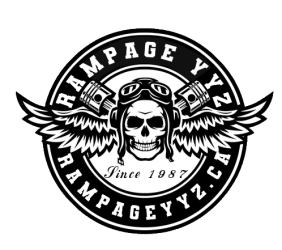On July 31, 1971, an Air Canada DC-8 passenger jet was hijacked by a lone male passenger who threatened to blow up the plane if his demands were not met. The flight, originating in Montreal and bound for London, England, was forced to divert to Havana, Cuba, where it remained for several hours while negotiations took place between the hijacker and Canadian authorities.
The hijacker, a 23-year-old man named Pierre Richard Raymond Jolin, was a former Canadian army private who had a history of mental health issues and had recently been discharged from the military. Jolin claimed to have a bomb in his briefcase and threatened to detonate it if his demands were not met. He demanded the release of several political prisoners and a ransom of $500,000 in exchange for the release of the passengers and crew.
During the negotiations, Jolin released several passengers and crew members, but held the remaining hostages on board the aircraft. Cuban authorities, who had initially granted permission for the plane to land in Havana, became increasingly concerned about the situation and were prepared to use force if necessary.
After several hours of negotiations, Canadian authorities agreed to meet Jolin’s demands, and he released the remaining hostages and surrendered to Cuban authorities. The hijacker was later handed over to Canadian authorities and was subsequently sentenced to life in prison for his crimes.
The incident was a major turning point in the history of air travel and had significant impacts on aviation security and crisis management. It led to the introduction of new security measures and protocols, including the creation of the Canadian Air Transport Security Authority and the establishment of a dedicated air marshal program. The Air Canada DC-8 hijacking also served as a wake-up call for the aviation industry, which had been largely complacent about the threat of hijackings up until that point.





